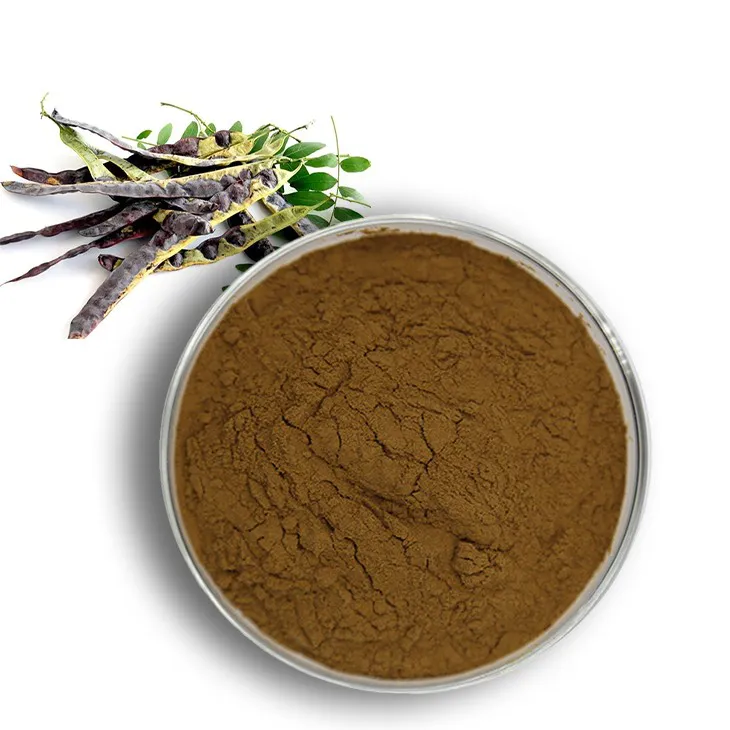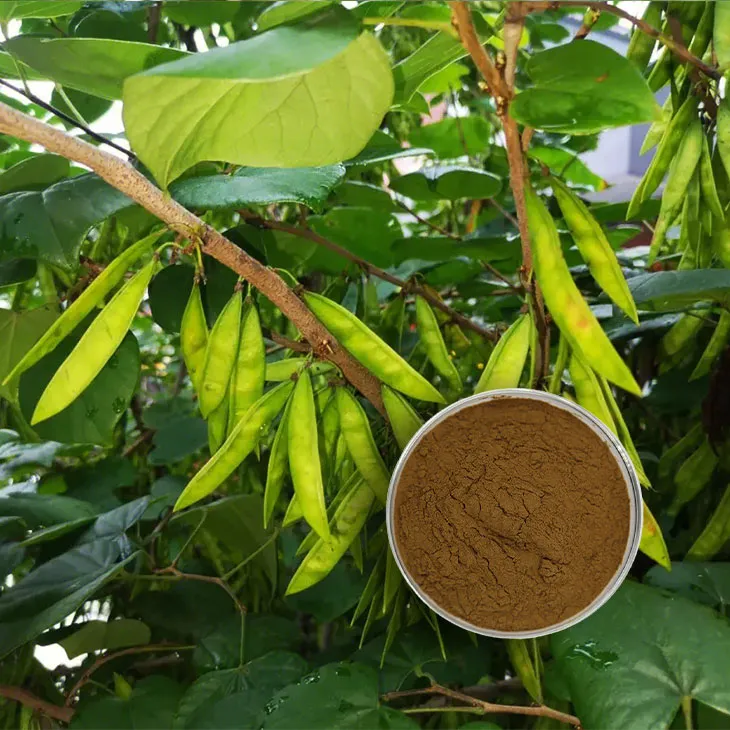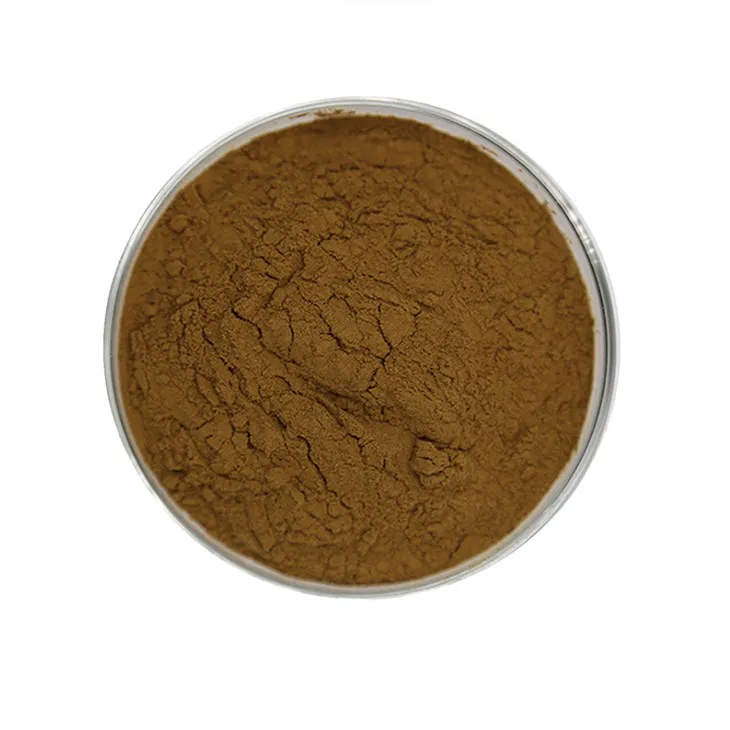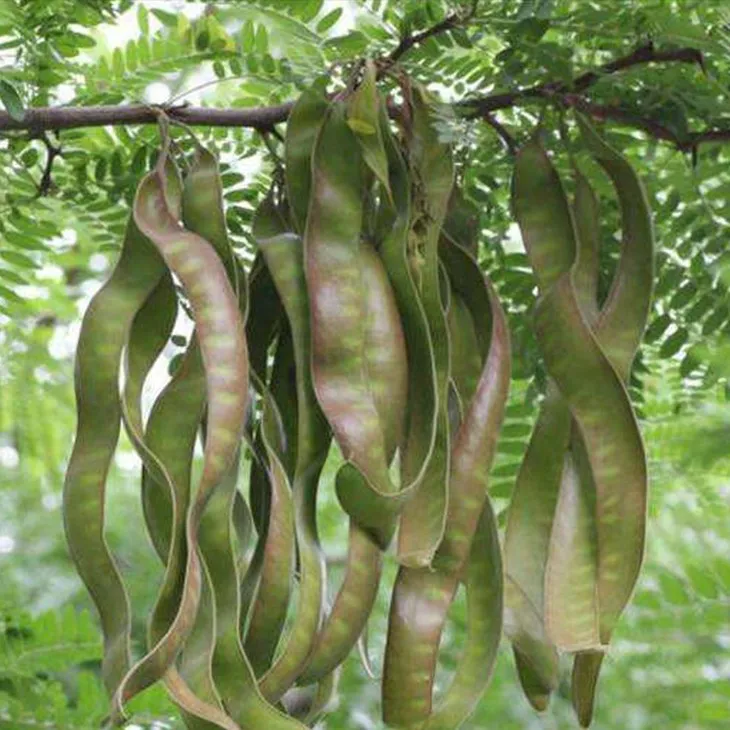- 0086-571-85302990
- sales@greenskybio.com
Organic non - transgenic saponin extract.
2024-11-29

1. Introduction to Organic Non - GMO Saponin Extract
Saponin Extract, when it is organic and non - GMO, is a substance full of remarkable qualities. It is sourced from natural plant origins, which not only gives it a natural allure but also positions it as an eco - friendly alternative in various industries. The concept of "organic" ensures that the plants from which it is derived are grown without the use of synthetic fertilizers, pesticides, or genetically modified organisms (GMOs). This non - GMO aspect is of great significance as it caters to the growing consumer preference for products that are free from genetically engineered components.

2. The Source of Organic Non - GMO Saponin Extract
Organic non - GMO saponin extract is obtained from a diverse range of natural plant sources. For instance, plants like Quillaja saponaria, also known as soapbark tree, are a common source. The bark of this tree contains a significant amount of saponins. Other plants such as Glycyrrhiza glabra (licorice) also contribute to the production of saponin extract. These plants are carefully selected and cultivated following strict organic farming practices.

3. The Role in Agriculture
3.1. As a Natural Pesticide Alternative
In the realm of agriculture, the organic non - GMO saponin extract has shown great potential as a natural pesticide alternative. It possesses certain properties that can effectively repel pests. Saponins can disrupt the cell membranes of insects, causing them to lose their ability to function properly. This makes it a valuable option for farmers who are looking for ways to protect their crops without relying on synthetic pesticides.
3.2. Benefits for Sustainable Farming
- Soil Health: The use of this natural saponin extract in place of some chemical pesticides can have a positive impact on soil health. Chemical pesticides can sometimes harm the beneficial microorganisms in the soil. In contrast, saponin extract is less likely to have such negative impacts, allowing the soil ecosystem to thrive. - Biodiversity: By choosing saponin extract as a pest control method, farmers can also contribute to the preservation of biodiversity. Synthetic pesticides can be harmful to non - target organisms, including beneficial insects and birds. Organic non - GMO saponin extract, on the other hand, is more selective in its action, reducing the negative impacts on the wider ecosystem.

4. The Extraction Process
The extraction process of this organic non - GMO saponin is a meticulous one, carried out with the utmost care to preserve its bioactive components. - Initial Harvesting: The first step involves the careful harvesting of the plant material. This has to be done at the right time to ensure the maximum concentration of saponins in the plant. For example, in the case of Quillaja saponaria, the bark is typically harvested when the tree has reached a certain maturity level. - Cleaning and Preparation: After harvesting, the plant material is thoroughly cleaned to remove any dirt, debris, or unwanted parts. It is then prepared for the extraction process, which may involve cutting or grinding the material into smaller pieces to increase the surface area for extraction. - Extraction Method: There are different extraction methods available, such as solvent extraction. However, in the case of organic non - GMO saponin extract, the solvents used are also carefully selected to be in line with organic standards. For example, ethanol is often used as it is a relatively safe and effective solvent for saponin extraction. The extraction process is carefully monitored to ensure that the temperature, pressure, and other parameters are optimized to preserve the bioactive properties of the saponins. - Purification and Concentration: Once the saponins are extracted, the extract may go through a purification process to remove any impurities. This can involve techniques such as filtration or chromatography. After purification, the saponin extract may be concentrated to the desired level for further use in various applications.

5. The Role in Medicine
5.1. Immune System Enhancement
In the field of medicine, preliminary studies suggest that organic non - GMO saponin extract may play a role in enhancing the immune system. Saponins have been shown to stimulate the activity of certain immune cells, such as macrophages. Macrophages are an important part of the body's immune defense system, responsible for engulfing and destroying foreign invaders such as bacteria and viruses. By enhancing the activity of macrophages, saponin extract may help the body to better defend itself against infections.
5.2. Potential Anti - cancer Properties
Some research has also explored the potential anti - cancer properties of saponin extract. It is thought that saponins may be able to induce apoptosis (programmed cell death) in cancer cells. However, it is important to note that these findings are still in the preliminary stages, and more in - depth research is needed to fully understand the mechanisms and potential applications in cancer treatment.
6. The Role in Food Processing
6.1. As a Natural Preservative
Organic non - GMO saponin extract has the potential to be used in food processing as a natural preservative. In today's market, there is a growing demand for clean - label products, which are products with simple and recognizable ingredients. Saponin extract can replace some of the synthetic preservatives currently used in the food industry. It can inhibit the growth of spoilage microorganisms such as bacteria and fungi, thereby extending the shelf life of food products.
6.2. Functional Food Ingredient
- Nutritional Benefits: In addition to its preservative properties, saponin extract can also add nutritional value to food products. Some saponins have been shown to have antioxidant properties, which can help to protect the body from oxidative stress. By incorporating saponin extract into food products, manufacturers can enhance the overall health benefits of their products. - Texture and Stability: Saponin extract can also play a role in improving the texture and stability of food products. For example, in some dairy products, it can help to prevent the separation of milk fat and water, resulting in a more stable and homogeneous product.
7. Challenges and Future Outlook
7.1. Challenges in Production and Standardization
Despite its many potential benefits, the production of organic non - GMO saponin extract also faces some challenges. One of the main challenges is the standardization of the extraction process. Due to the variability in plant sources and extraction methods, it can be difficult to ensure a consistent quality of the saponin extract. This can pose a problem for industries that rely on a consistent product for their applications.
7.2. Regulatory Hurdles
Another challenge is the regulatory environment. The use of saponin extract in different applications, especially in food and medicine, is subject to strict regulations. For example, in the food industry, any new ingredient has to go through a series of safety evaluations before it can be approved for use. In the medical field, the requirements for drug development and approval are even more stringent.
7.3. Future Outlook
Despite these challenges, the future outlook for organic non - GMO saponin extract is promising. As research continues to uncover more about its properties and potential applications, it is likely that new and innovative uses will be discovered. For example, in the field of cosmetics, saponin extract may find applications in skin - care products due to its potential antioxidant and anti - inflammatory properties. With the increasing consumer demand for natural and sustainable products, the market for organic non - GMO saponin extract is expected to grow in the coming years.
FAQ:
What are the sources of organic non - GMO saponin extract?
Organic non - GMO saponin extract is derived from natural plant sources. These plants are carefully selected to ensure they are not genetically modified and are grown organically.
How does it work as a natural pesticide?
It has certain properties that can repel pests. However, the exact mechanisms may vary. It could be related to interfering with the pests' sensory systems or disrupting their normal physiological functions, but more research is still needed to fully understand these processes.
What bioactive components are in organic non - GMO saponin extract?
There are various bioactive components in it. Some of the well - known ones are related to its potential immune - enhancing properties and pesticidal activities. But a full list and detailed understanding of all the bioactive components are still under investigation.
How can it be used as a natural preservative in food processing?
It can replace some synthetic preservatives in food processing. It likely works by inhibiting the growth of spoilage - causing microorganisms. However, specific details about its antimicrobial mechanisms in the context of food preservation are still being explored.
What evidence is there for its role in enhancing the immune system?
There are preliminary studies suggesting its role in enhancing the immune system. These studies may have looked at in - vitro cell - based assays or some small - scale in - vivo animal models. But more comprehensive and large - scale human trials are required to firmly establish this effect.
Related literature
- Title: Organic Saponin Extracts: Properties and Potential Applications in Agriculture"
- Title: "Non - GMO Saponin Extract: A Promising Ingredient for Immune - Boosting"
- Title: "The Role of Organic Saponin Extract in Food Preservation: A Review"
- ▶ Hesperidin
- ▶ Citrus Bioflavonoids
- ▶ Plant Extract
- ▶ lycopene
- ▶ Diosmin
- ▶ Grape seed extract
- ▶ Sea buckthorn Juice Powder
- ▶ Fruit Juice Powder
- ▶ Hops Extract
- ▶ Artichoke Extract
- ▶ Mushroom extract
- ▶ Astaxanthin
- ▶ Green Tea Extract
- ▶ Curcumin
- ▶ Horse Chestnut Extract
- ▶ Other Product
- ▶ Boswellia Serrata Extract
- ▶ Resveratrol
- ▶ Marigold Extract
- ▶ Grape Leaf Extract
- ▶ New Product
- ▶ Aminolevulinic acid
- ▶ Cranberry Extract
- ▶ Red Yeast Rice
- ▶ Red Wine Extract
-
Citrus bioflavonoids
2024-11-29
-
American Ginseng Root Extract
2024-11-29
-
Tongkat Ali Extract
2024-11-29
-
Bilberry Extract
2024-11-29
-
Tamarind extract powder
2024-11-29
-
Bayberry Extract
2024-11-29
-
Beta Carotene
2024-11-29
-
Propolis Extract Powder
2024-11-29
-
Lotus leaf extract
2024-11-29
-
Mulberry leaf Extract
2024-11-29





















